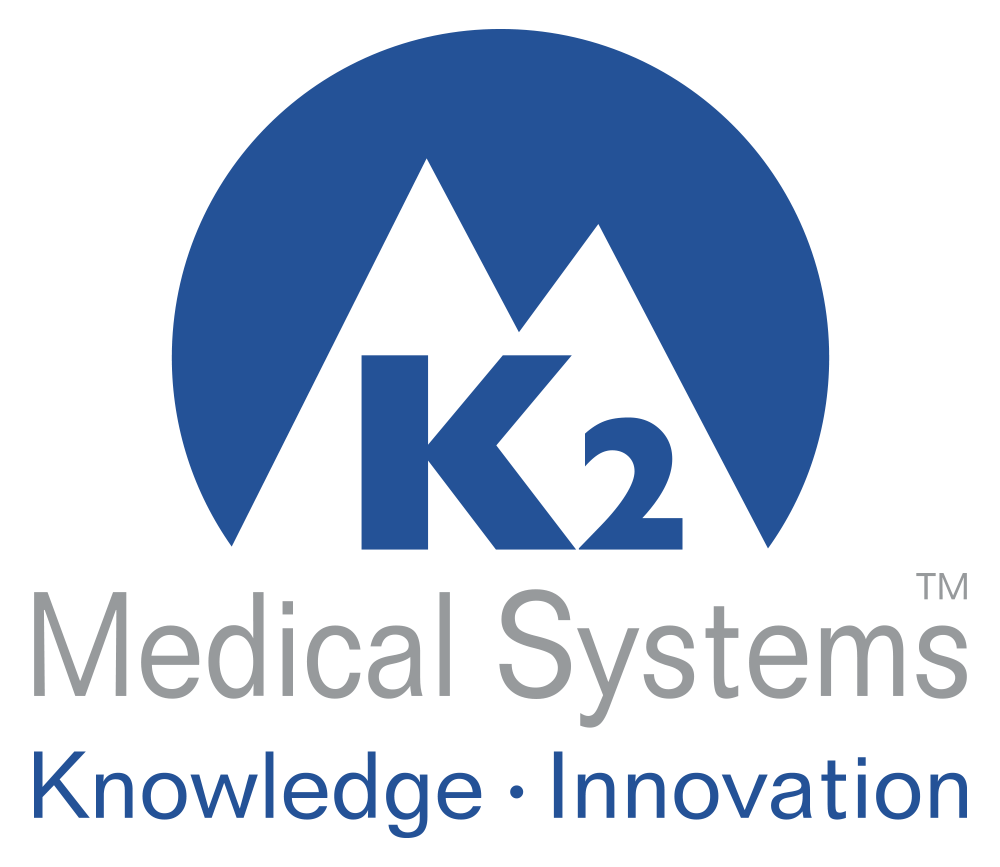Reflections on a Midwife's Journey…
Embracing Change and Technological Advances over the past 25 years – by Samantha Maloy
Samantha Maloy, Doncaster & Bassetlaw NHS Foundation Trust.
After having my first daughter at a young age, I always aspired to become a midwife. I vividly remember two midwives from that experience: one who made me feel insignificant and unsupportive and another who was funny, engaging and made me feel integral to the birthing process. Inspired by the second midwife, I wanted to be just as good, if not better.
In those days, I carried a small white A5 card that held my pregnancy notes. It fit perfectly in my handbag and I proudly showed it at the community midwife’s waiting room to track my progress. Times have certainly changed. I still have those notes saved in a memory box from both my pregnancies. Can you imagine that in today’s litigious environment?
Beginning my training
I began my training in the late 90s at Pontefract maternity unit, where I witnessed the tail end of the team midwifery model. This model involved small teams of dedicated midwives providing comprehensive care throughout the antenatal, intrapartum, and postnatal periods. Women would see one of the five midwives during their antenatal visits, ensuring a familiar face during labour. However, the model was costly and led to midwife burnout. As a result, we transitioned to the community/hospital maternity service model, striving to balance continuity of care with manageable workloads.
Technological advances have revolutionised midwifery. In the late 80s and early 90s, women with complicated medical conditions were often advised against pregnancy due to the risks involved. Today, we handle increasingly complex medical cases, referring for genetic testing, cryogenics, and diabetes management, among others. When I was having my two girls, pregnancy was confirmed at 12 weeks with a GP test after missing three periods. Now, tests can detect pregnancy before a missed period, which can lead to early anxiety as parents start imagining their future child from the moment they see those two lines. We see women who believe they have been pregnant 4/5 times but it’s their first pregnancy that has gone past 12 weeks.
Working with K2
My initial encounter with the K2 computerised notes system was frustrating. I longed for my pen and paper, struggling to navigate the system without a computer to sit at or work on. With more terminals, iPads, and laptops available now, I’ve come to love the ease of accessing a birthing person’s notes with a click. This technology eliminates the need for physical notes, which were often damaged or incomplete. Now of course I love being able to see the birthing person’s notes at the click of a mouse. We can see what happened in any settling, give individualised advice over the phone in triage, review a person’s note following their birth and share our documentation with other hospitals across the country and social services to safeguard the unborn baby.
I recall the days of sorting through pink slips, each printed in triplicate: one for the patient’s records, one for the hospital, and one for the GP. We were tasked with the meticulous job of cross-referencing blood or swab results and organising them into three separate piles. If you were interrupted—whether by a call or a colleague passing by and inadvertently disturbing your stacks—you often had to start over, painstakingly ensuring that each document was in the correct pile. Tensions frequently ran high, as mistakes could lead to frustration and delays.
Today, thanks to the Pathology system, any authorised medical professional can access lab results within minutes of their entry into the computer. This technological advancement not only speeds up the treatment process but also helps to reduce inequalities in healthcare delivery.
The evolution of maternity technology
The equipment we use has also evolved. Cardiotocographs, (ECG) available since the 70s, now offer more accurate fetal heart monitoring from earlier gestational ages. With nearly 50 years of research, we better understand fetal heart behaviours, enabling early diagnosis of fetal wellbeing and literally saving lives. Ultrasound technology has advanced from green dots and dashes to clear images that even expectant fathers can interpret, though umbilical cords are still often mistaken for male genitalia!
Screening tests have made significant strides, from AFP testing to NIPT, increased metabolic testing, phenotyping for Rh-negative individuals, and bilirubin ear tests. While there were concerns that more in utero testing would lead to increased terminations, this hasn’t happened. Instead, there is an acceptance of disabilities, with people wanting to be informed about what to expect.
In conclusion, over the past 25 years, I have witnessed remarkable changes in innovation and technology. These advances have provided peace of mind to many birthing people and sometimes increased anxiety, but overall, they have expanded the midwifery knowledge base, enabling us to help our patients make informed choices. The profession's profile has risen, with birthing people looking to us for the knowledge, skills, and expertise needed to care for anyone who is pregnant.
Samatha kindly wrote this blog as a reflection on how things have changed since 1999 - the year that K2 was founded. We are celebrating 25 years as a business in 2024, and are proud to have played a part in helping to improve technology in maternity. Find out more about our products here.

